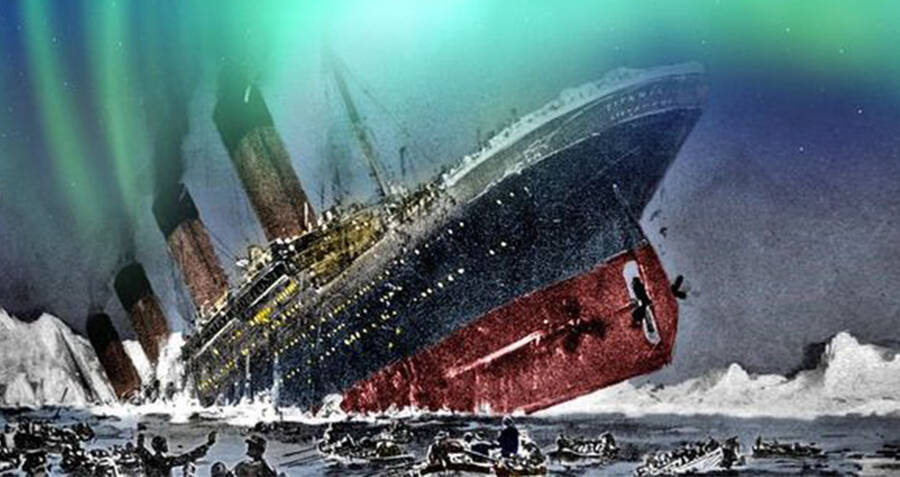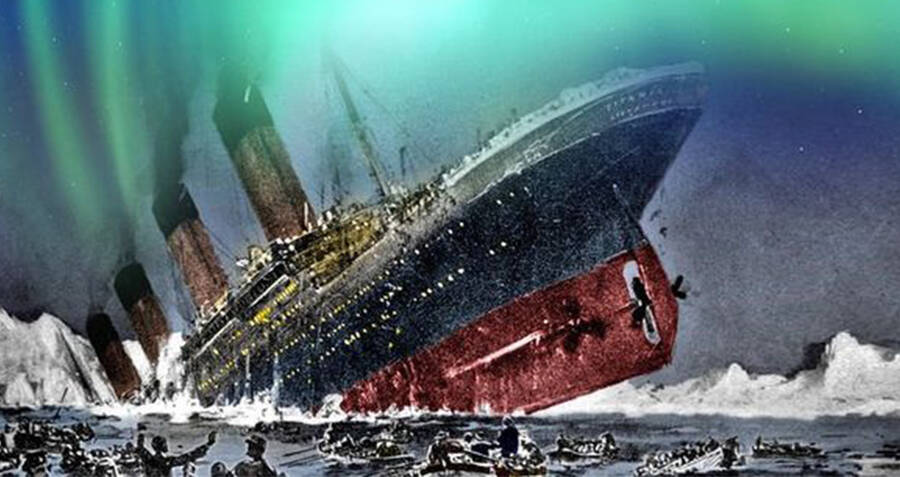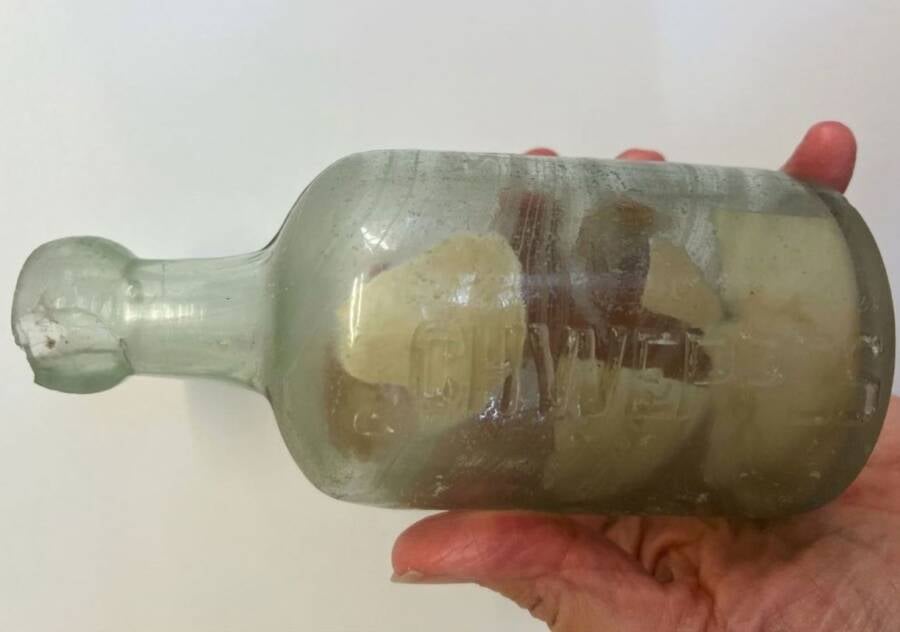“Did the Dazzling Northern Lights Mask the Icebergs? Shocking New Study Links Aurora to Titanic’s Tragic Fate!”
Additionally, Lawrence Beesley, one of the few survivors of the tragedy, wrote about a glow which “arched fanwise across the northern sky, with faint streamers reaching towards the Pole-star.” To Zinkova, this appeared to be an obvious description of the Northern Lights.
The study has made a strong case that the Northern Lights were on display on the night of the tragedy, and it went on to suggest that the geomagnetic force of the aurora affected the Titanic’s navigation systems, perhaps leading it right toward the iceberg. Even a slight deviation of 0.5 degrees off course would be enough to steer the ship toward a fatal collision, and it is possible that magnetic interference caused such an error in the ship’s compasses.
“This apparently insignificant error could have made the difference between colliding with the iceberg and avoiding it,” Zinkova wrote.
Furthermore, reports on the same night of the disaster cite “freaky” radio signals heard by operators aboard the RMS Baltic, another ship that came to the Titanic’s rescue. Some of the distress signals put out by the Titanic’s crew didn’t even register on other ships and the Titanic reportedly failed to receive a number of responses.
In the past, researchers have attributed this failure in communication to the ignorant antics of private citizens with radios, but Zinkova posited otherwise:
“The official report of the Titanic sinking suggested amateur radio enthusiasts had caused interference by jamming the airwaves… However, at the time they had incomplete knowledge of the influence that geomagnetic storms may have on the ionosphere and disruption to communication.”
Separately, another theory has posited that a fire aboard the ship mere nights before sinking contributed to the disaster. Although most historians agree that the clash with the iceberg was what truly sank the ship, prior damage to the vessel may have only hastened its demise.
It appears as if a perfect storm of misfortune, whether it was a fire or potentially geomagnetic interference, sealed the Titanic’s fate.
Next, take a look at 33 photographs from the Titanic before and after it sank. Then, learn these little-known facts about the Titanic.




















